Nearly one week after violent thunderstorms left a 700-mile-long path of destruction across the eastern United States, hundreds of thousands are still without power, while utility companies work overtime on restoration.
In worst-hit West Virginia, 174,960 Appalachian Power (AEP) customers still had no power by noon on Thursday. As crews labored to clear debris from last week’s storm, a new thunderstorm struck the state July 5, toppling more trees.
“A gust front with winds up to 60 mph has slammed Charleston, W.Va. Multiple trees and power lines have been downed,” wrote Evan Duffey, meteorologist with AccuWeather.
He reported 2-inch hail across parts of Tennessee in the afternoon, adding that winds “have caused numerous downed trees and power lines in Fentress, Lawrence, and Montgomery counties,” in the southern state.
The National Weather Service said storms with winds up to 60 mph were crossing Michigan.
In Virginia, 110,578 had no electricity July 5, down from 573,000 people in Virginia and West Virginia after the June 29 storm.
Pepco, the power company for the District of Columbia and surrounding regions, announced that it had restored power for more than 90 percent of its customers by Thursday. For the remaining customers, the news wasn’t good: “The extensive damage associated with the remaining outages makes restoring service to these customers especially challenging ... When the damage is severe, restoring power to a single customer can take as much time as restoring service to a large group of customers,” the company said in a statement.
Crews are coming into D.C., Virginia, and West Virginia from surrounding states, working around the clock in 16-hour shifts.
According to a statement from AEP, more than 3,000 workers have been dedicated to power restoration, estimating it will take six more days to finish the job. More are joining the effort when they can leave their local duties. Utility companies have mutual aid agreements with entities in other states to send each other help in emergencies.
Blocked roads make restoring power tougher for work crews. In Virginia, the Department of Transportation has coordinated with utility workers to clear roads so that the workers can repair power lines.
West Virginia Gov. Earl Ray Tomblin has declared a state of disaster. Some residents went hungry after food spoiled with no refrigeration, and many stores were closed.
“Today’s biggest challenge is the need for ice, which is coming from as far away as Louisiana,” Tomblin said in a statement. “The good news is that the hard work of thousands of power crews has turned on more lights … Thank you to everyone who has worked through the July Fourth holiday and continued to assist with recovery efforts.”
A food drive provided truckloads of food and donations of money for the Mountaineer and Huntington food banks, according to the governor’s office. FEMA (Federal Emergency Management Agency) contributed 40,000 meals.
The Red Cross and other charities organized mass feedings.
Municipalities opened cooling stations to provide respite from the heat. Ironically, the locations are announced on the Internet, something the people most in need of a cooling station may not be able to access.
The Epoch Times publishes in 35 countries and in 19 languages. Subscribe to our e-newsletter.
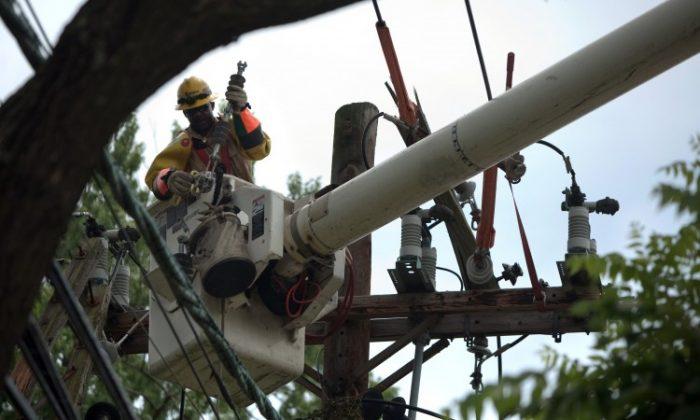

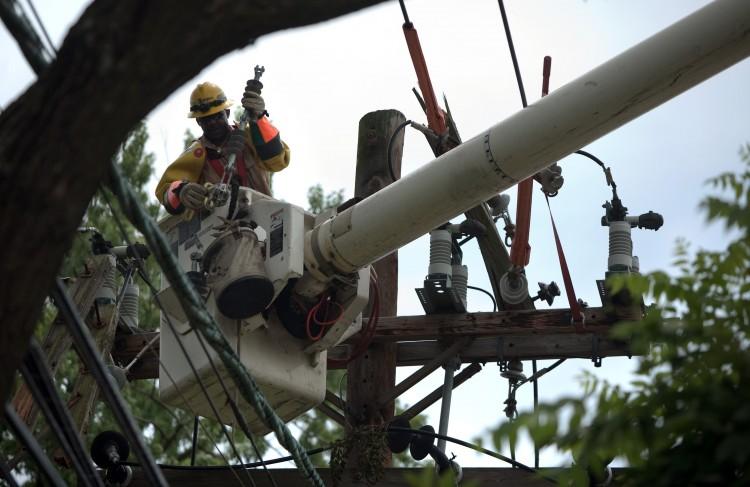
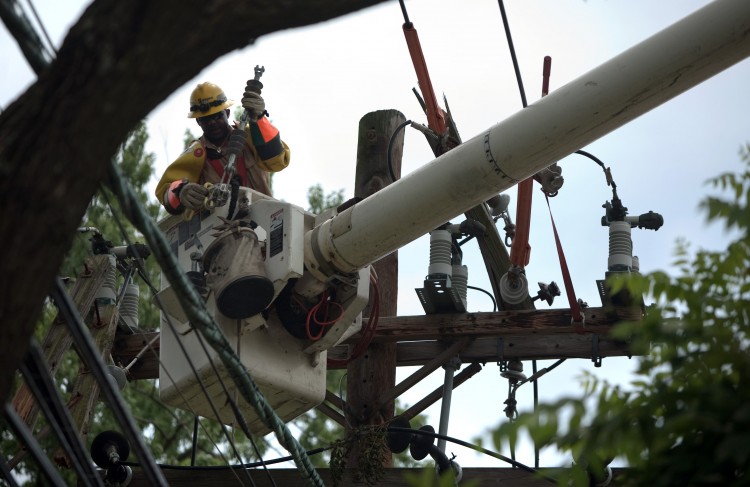
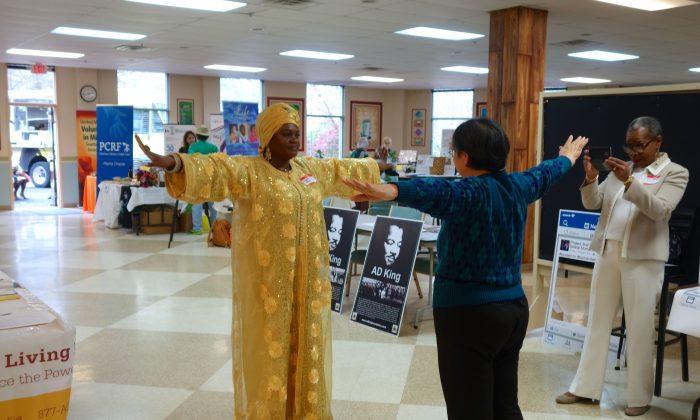


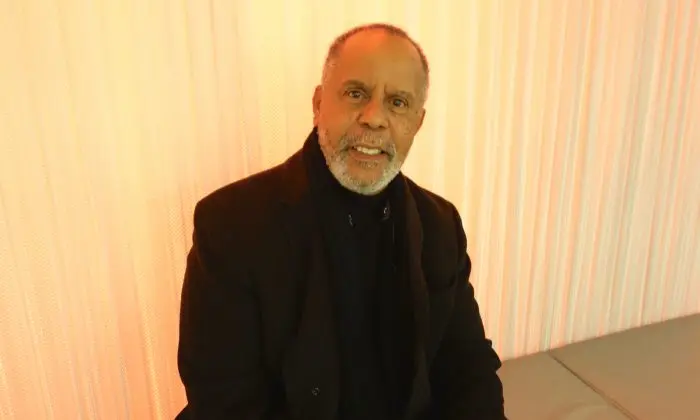
Friends Read Free